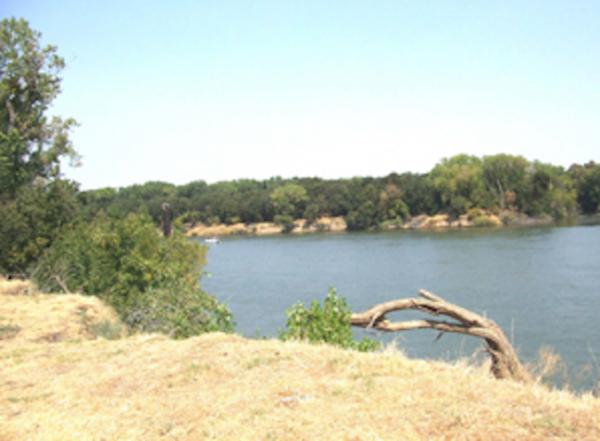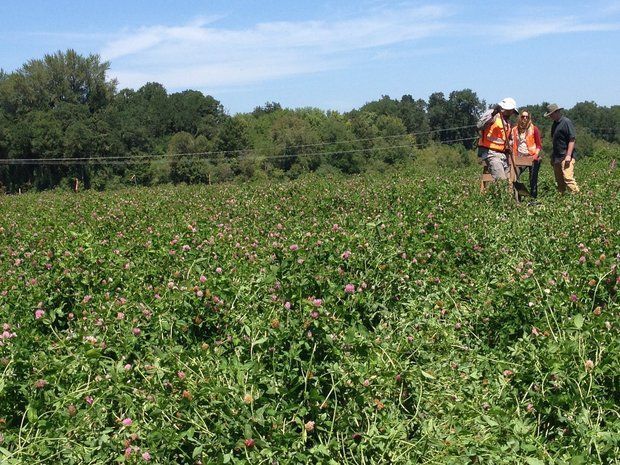Teeth and bone fragments were found last week near Sacramento, and officials say that they belonged to a prehistoric Native American.
At 11 a.m. on August 15, a passerby noticed what looked like human teeth and bone fragments on a small beach near the Sacramento River, the Daily Democrat reported. The human remains were noticeable because the water levels in the area have dropped due to a drought. And on Wednesday, the Yolo County Coroner’s Office announced that the bones were, indeed, prehistoric – which means they predate written record.
Chief Deputy Coroner Gina Moya said the bones were collected and later submitted to the Chico State Human Identification Laboratory. It was there that the bones were discovered to be prehistoric Native American. Once the bones were identified as Native American, Moya said, officials contacted the California Native American Heritage Commission, so the bones could receive a ceremonial burial.
On August 16 – one day after the human remains were found in California – more bones were discovered at a popular lake in Steuben County, Indiana.
A resident in the area found the bones by the shoreline of a lake, News Channel 15 reported. Additional human remains were located in the water by Indiana Department of Natural Resources scuba divers following an underwater search.
Archeologists with the University of Indianapolis reported Monday the remains are of a “prehistoric” Native American.
“We’ll pull together both state folks and some researchers, and we’re also going to be working with the tribes to get as much information as we can,” Indiana State Museum Director of Archeology Michele Greenan told Wane.com. “But, right now, it’s still really early. My first call will be to the tribes and different researchers to try and figure out what steps to take.”
Read more at http://indiancountrytodaymedianetwork.com/2014/08/21/prehistoric-native-remains-found-california-indiana-156511




